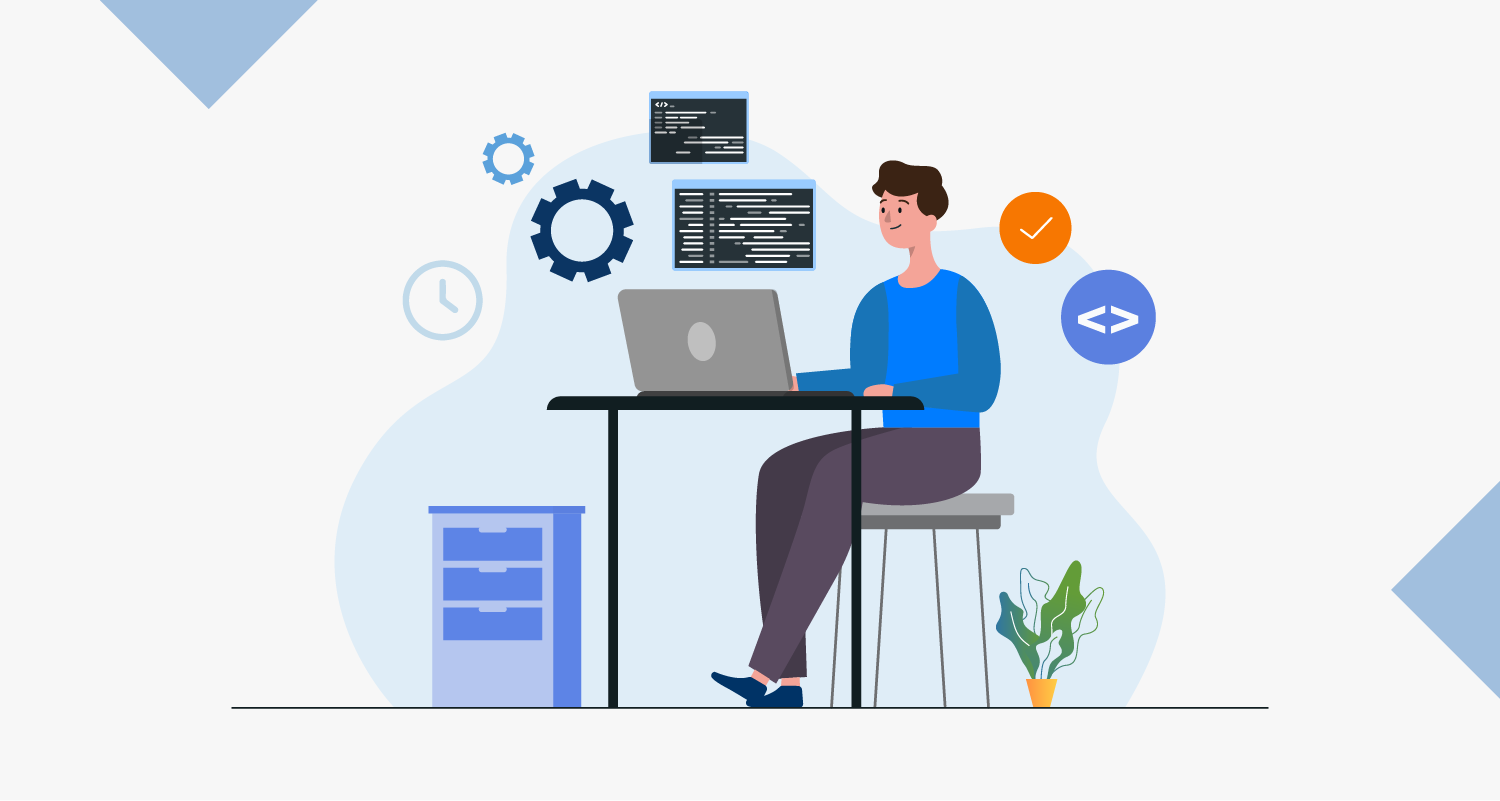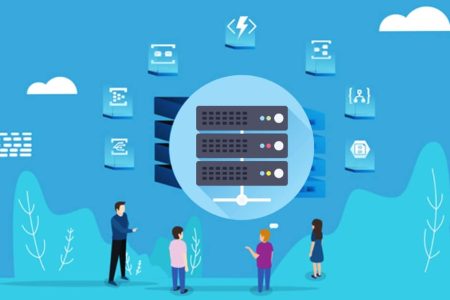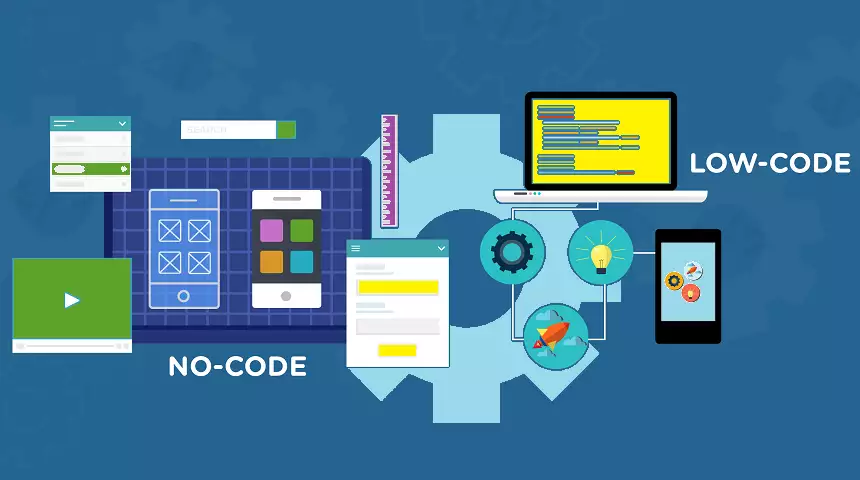Learning
6 Full Stack Development Trends to Watch in 2023

Full stack development maintains its importance in the dynamic field of information technology. Full-stack developers are experts in all web and application development facets, from design to coding to maintenance.
The demand for full-stack developers has been increasing by 35% each year. Full-stack developers must be aware of the products and shifts in their industry in 2023. This article discusses six major full-stack development trends set to rule in 2023.
Progressive Web Applications (PWAs):
Progressive Web Applications (PWAs) have seen explosive growth in the last several years, and this trend is expected to continue beyond 2023. Progressive web apps (PWAs) provide an app-like experience to consumers without requiring installation.
PWAs adjust to their viewing environment and appear appropriately on desktop computers, smartphones, and tablets. Service Workers, Web App Manifests, and Application Shell Architecture enable offline, fast page loads and seamless user interactions.
PWAs may be accessed directly from web browsers instead of app stores, which is a significant advantage. Lower learning curves increase acceptability. PWAs may be placed on the home screen and launched like mobile applications, making them easier to locate and use.
When you hire full stack development programmers, PWAs have several advantages. Full-stack developers may create them using standard web technologies like HTML, CSS, and JavaScript.
As a result, you won’t have to waste time and money creating several code bases for various platforms.
Because updates can be pushed quickly without needing users to refresh the app, PWAs are also simpler to manage and update.
Overall, PWAs are an attractive means of disseminating high-performance, cross-platform apps that offer consistent user experiences. In 2023, progressive web apps (PWAs) are predicted to play a pivotal role in the full-stack development environment as they mature and gain traction.
Serverless Architecture:
The rise of serverless architecture has been rapid, and it’s predicted to reach mainstream prominence by 2023. This architectural method frees full-stack developers from the tedium of maintaining servers and infrastructure, allowing them to put all their attention into creating code and features.
In serverless architectures, developers use tools like Google Cloud Functions, Microsoft Azure Functions, and Lambda from Amazon Web Services. Developers don’t have to worry about maintaining servers since they make smaller, self-contained functions triggered by events and run as needed. These functions automatically scale in response to changes in workload, eliminating the need for human scaling.
The flexibility and low cost of serverless architecture is a significant advantage. Applications can withstand unexpected traffic surges with automated scaling without the need to deploy and maintain extra servers. Saving money and improving productivity, developers only pay for the resources they use.
Similarly, serverless architecture encourages short iterations of development. Instead of worrying about server setups, deployments, and upgrades, developers can concentrate on building code for particular purposes. Because of its skill, development cycles may be compressed, and the rate at which new products can be introduced to the market can be increased.
The development of microservice-based architectures is another benefit of serverless computing. Software may be modularized by breaking down large programs into smaller, more manageable pieces. This modular strategy improves the code’s reusability, maintainability, and scalability.
Artificial Intelligence and Machine Learning:
In 2023, Artificial Intelligence and Machine Learning will likely have an even more significant effect on the landscape of full-stack development. Systems can now analyze information, form sound judgments, and carry out routine tasks with the help of these advancements.
AI, or artificial intelligence, studies and creates machines that mimic human intellect in performing specific tasks. ML is a branch of AI concerned with teaching computers to reason inductively, i.e., to draw conclusions or draw conclusions about new situations based on little or no prior knowledge.
TensorFlow, PyTorch, and Scikit-learn are some of the most well-known ML frameworks that full-stack engineers should be conversant with. With these frameworks, developers can access a library of pre-made algorithms and models. The instruments above allow programmers to implement NLP, CV, RS, and PA features.
Major cloud platforms such as Google Cloud AI, Amazon Rekognition, and Microsoft Azure Cognitive Services all provide AI-powered APIs and services that developers may use in addition to ML frameworks. These services offer developers pre-trained models and APIs for incorporating AI capabilities into applications without requiring deep knowledge of ML.
Low-Code/No-Code Development:
The emergence of Low-Code/No-Code (LC/NC) development has made it possible for people with less knowledge of computer programming to build useful apps. As more businesses look to optimize their application development processes and hire full stack development coders, LC/NC development is predicted to receive even more traction in 2023.
Low-code platforms have drag-and-drop and visual tools that make it easy to assemble apps with little or no writing. Users of so-called “No-Code” platforms can construct apps without touching a line of code by depending exclusively on graphical interfaces and configuration settings.
LC/NC development has several benefits, including faster application development, flexibility, and less need for technical skills. It lets business users participate in application development so that IT staff may concentrate on higher-level responsibilities.
Better alignment between technology and business goals is achieved, and iterations may be completed more quickly due to increased cooperation between business and IT teams.
Such platforms include declarative programming, where users describe outcomes, and the platform automatically generates code. Developers may concentrate on business challenges rather than coding by streamlining and obscuring technical aspects.
The LC/NC paradigm has its limits, too. It may only work for situations or applications requiring tweaking and integration with existing infrastructure. Unchecked scalability and performance issues might also arise.

Blockchain technology
Blockchain Technology:
In 2023, blockchain technology will likely have an even more significant influence on the entire stack development environment. Blockchain is a distributed ledger system that eliminates the requirement for trusted third parties in financial transactions.
Blockchain’s immutability is one of its most appealing qualities when you hire dedicated developers. Once a transaction has been added to the blockchain, it is impossible to change or tamper with, ensuring high data integrity and trust. This makes blockchain an excellent solution for industries like finance, healthcare, and logistics that rely on safe and verified transactions.
In 2023, full-stack engineers should learn about blockchain platforms like Ethereum, Hyperledger, and Corda and intelligent contract development frameworks such as Solidity. These frameworks allow programmers to build DApps and smart contracts that run independently on the blockchain.
Blockchain technology also allows for the creation of trustless and decentralized networks. Blockchain encourages peer-to-peer connections and minimizes dependency on centralized authority by eliminating the need for intermediaries. This can improve productivity, save costs, and tighten safety measures.
In addition, blockchain may change sectors by making possible novel business models and upending established procedures. Identity management, IP protection, election security, and supply chain visibility are some problems it can solve.
Full-stack developers, however, should be aware of the blockchain’s shortcomings, such as scalability, interoperability, and legal concerns. These problems have answers and frameworks, and they are improving as technology advances.
Cybersecurity and Privacy:
Data security and privacy concerns have risen to the forefront for full-stack developers in 2023. Developers must give security and privacy top billing in their apps in light of the increasing number of cyber threats and privacy breaches.
When you hire dedicated developers, they must understand common cybersecurity flaws and risk mitigation strategies. Input validation, authentication and authorisation procedures, and secure data storage and transfer are all examples of safe coding standards that developers should use. Regular vulnerability assessments and code reviews are vital to detect and fix any possible security issues.
Privacy safeguards are equally vital. Developers guarantee that user data is gathered, kept, and processed by privacy requirements such as the General Data Protection Regulation (GDPR). Implementing privacy by design concepts like data reduction and user consent methods is crucial.
Additionally, developers may be vigilant about cybersecurity risks and take proactive actions to protect their apps. To find and fix security flaws, you need strong authentication, encryption for critical data, and constant monitoring and recording of system activity.
Working with specialists and following industry standards and frameworks like the OWASP Top Ten and the NIST Cybersecurity Framework may dramatically enhance an application’s security.
Conclusion on Full Stack Development
As full stack development continues to change, workers in this area must keep up with the latest trends to stay competitive. Hire full stack development professionals who are well-versed in these evolving areas is crucial for businesses to thrive in 2023.
Progressive Web Applications, Serverless Architecture, AI/ML, Low-Code/No-Code Development, Blockchain Technology, and Cybersecurity and Privacy will transform the full-stack development environment.
Businesses should guarantee they have a competent staff that can provide innovative solutions in the fast-paced technological industry by employing professional personnel that embrace and adapt to current trends.
































